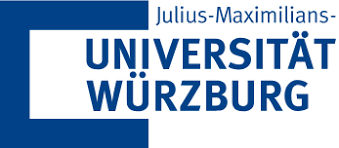预约演示
更新于:2025-05-07
123 I-IMAZA
更新于:2025-05-07
概要
基本信息
药物类型 小分子化药、诊断用放射药物 |
别名- |
作用方式 调节剂、增强剂 |
作用机制 ALDOS调节剂(细胞色素P450家族成员11B2调节剂)、CYP11B1调节剂(细胞色素P450家族成员11B1调节剂)、SPECT(单光子发射计算机断层成像术增强剂) |
在研适应症 |
非在研适应症- |
非在研机构- |
权益机构- |
最高研发阶段临床阶段不明 |
首次获批日期- |
最高研发阶段(中国)- |
特殊审评- |
结构/序列
分子式C15H16IN3O |
InChIKeyMDCCSVNXLGDCJC-RLWNAIFTSA-N |
CAS号1588490-11-2 |
研发状态
登录后查看更多信息
临床结果
临床结果
适应症
分期
评价
查看全部结果
登录后查看更多信息
转化医学
使用我们的转化医学数据加速您的研究。
登录
或

药物交易
使用我们的药物交易数据加速您的研究。
登录
或

核心专利
使用我们的核心专利数据促进您的研究。
登录
或

临床分析
紧跟全球注册中心的最新临床试验。
登录
或

批准
利用最新的监管批准信息加速您的研究。
登录
或

特殊审评
只需点击几下即可了解关键药物信息。
登录
或

Eureka LS:
全新生物医药AI Agent 覆盖科研全链路,让突破性发现快人一步
立即开始免费试用!
智慧芽新药情报库是智慧芽专为生命科学人士构建的基于AI的创新药情报平台,助您全方位提升您的研发与决策效率。
立即开始数据试用!
智慧芽新药库数据也通过智慧芽数据服务平台,以API或者数据包形式对外开放,助您更加充分利用智慧芽新药情报信息。
生物序列数据库
生物药研发创新
免费使用
化学结构数据库
小分子化药研发创新
免费使用
